It often happens that a nation identifies itself with its traditional foods. When it comes to Italy it usually seems that only pasta and pizza are the cornerstones of what makes Italian food “Italian”.
Things aren’t quite that way.
There is a staple food of Northern Italy that doesn’t usually get much recognition, but is rightfully to be considered the third part of the Italian food trinity: humble, yet versatile and satisfying polenta.
Many of Italy’s more traditional dishes were born as food for the poor: in Italy, we call it cucina povera and every region, from Veneto to Sicily, knows it. Just as people of the South gathered the most of their energy from pasta, northeners would eat mainly polenta, a dish that has a history longer than that of both pizza and pasta.
Origins of Polenta
Polenta has been dubbed by some “Italian grits” and there are similarities to the dish so popular in the Southern United States. Indeed, polenta, grits and other “mush” type of foods share a common link as the food of poverty.
In ancient times, what would later be called polenta started out as one of the earliest and simplest foods deriving from cereals. Made from wild grains and later from primitive wheat, farro (a popular Italian cereals), millet, spelt or chickpeas, the grain was mixed with water to form a paste and was then cooked on a hot stone. In this way, early polenta may have pre-dated leavened bread, since yeasts were often hard to come by and milling techniques were not yet refined.
History of Polenta
In Roman times, polenta (or as they knew it, pulmentum) was a staple of the mighty Roman Legions, who would eat it in either a porridge or cake-like form, just as it happens today.
In Roman times, milling techniques had greatly improved and the coarsely ground flour favored for pulmentum had mostly been replaced by farina, a more thinly ground variety. However, even though bread was widely available in Ancient Rome, the legions and the poor alike preferred the simplicity and tastiness of their early polenta. For the next few centuries, nothing changed in the history of polenta, much like the living conditions of those who ate it most – the peasantry. However things would slowly improve for the dish, if not the peasantry – the first being the introduction of buckwheat into Italy by the Saracens.
This nutritive grain – known as grano saraceno – is still popular in Tuscany for making polenta and adds to the dish a distinctive flavor widely favored for centuries. Buckwheat polenta would eventually loose part of its popularity when a crop from the New World arrived in Italy, sometime in the 15th or 16th centuries: maize. The new crop was a perfect match for the farms of Northern Italy, where landowners could grow vast fields of corn for profit, while forcing the peasantry to subsist on cornmeal. This new form of polenta was abundant, but seriously lacking in nutrients compared to earlier forms of the dish.
However cornmeal polenta is very tasty and filling, and therefore continued to be a traditional dish long after conditions improved for the poor. Amazingly, this simple act of greed on the part of landowners helped shape a major component of Italian cooking. From then on, most of Italy’s polenta was made from corn, which ranges in color from golden yellow to Veneto’s white polenta.
Making Polenta
In the world of cooking, few dishes have the stigma attached to their preparation as polenta. Much of Italy’s polenta is still made the old-fashioned way, using a round bottom copper pot known as “paiolo” and a long wooden spoon known as a “tarello”. The process to make soft polenta involves a 3 to 1 ratio of water and polenta and constant stirring for up to 50 minutes. Today in a modern kitchen with a good heavy pot, polenta preparation is not so painstaking, but it still does need attention and occasional stirring. Cooking polenta using a double boiler method is even easier. Of course you can find instant polenta today – but the less said about it, the better. Once cooked, polenta can be served as it is, soft and porridge like, or poured out onto a slab and allowed to cool to form a cake.
Serving Polenta
The key to the popularity of Polenta is its sheer versatility. It can be served with nearly anything and that is why it has spread to every corner of Italy, always making use of what is locally grown or raised. Soft polenta is often a replacement for bread during a meal, or instead of the pasta course, served with butter and cheese and possibly shaved truffles. Polenta can also be served at regional meat dishesas contorno, side dish to Ossobuco, waterfowl and fish. Polenta in cake form can be layered with Parmigiano-Reggiano cheese and baked.
It can also be grilled and served with Bruschetta-like toppings like mushrooms and tomatoes. Leftover polenta is also very versatile as it can be fried and covered in butter, melted lardo, or cheese. In many ways, polenta reflects the people who have relied upon it for so long – those long suffering peasants that had to make do with what they had. They have left Italian cooking the legacy of an eminently flavorful, filling and versatile dish known as polenta.
Polenta Gourmet
Defying its humble origin, now polenta is moving toward a new audience, the gourmet food restaurants and a higher-end class of clientele.
See also some recipes for polenta.
By Justin Demetri
Edited by Francesca Bezzone

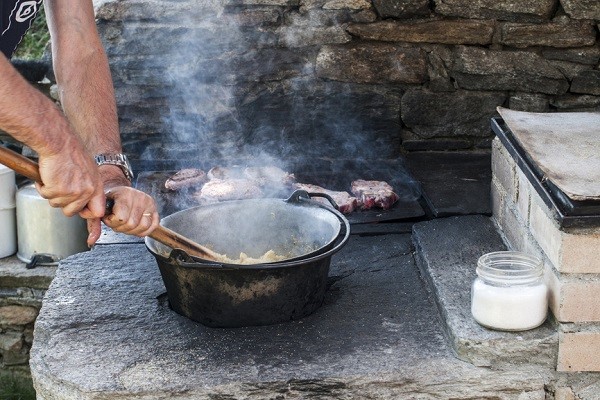
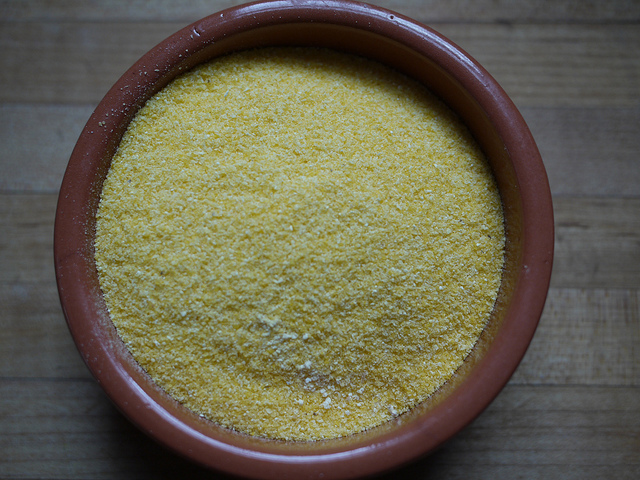
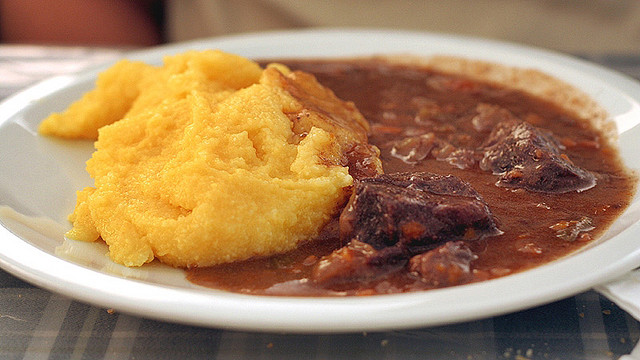

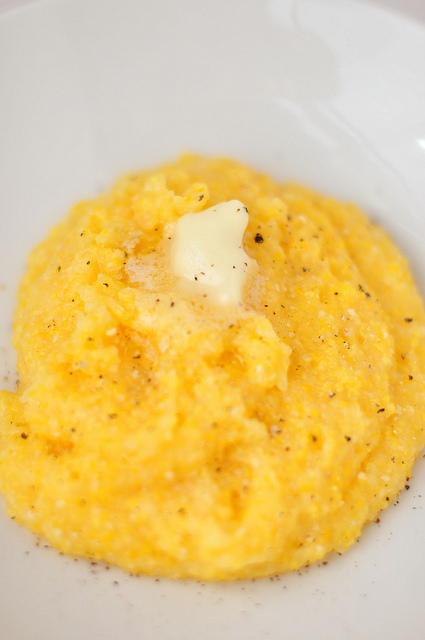
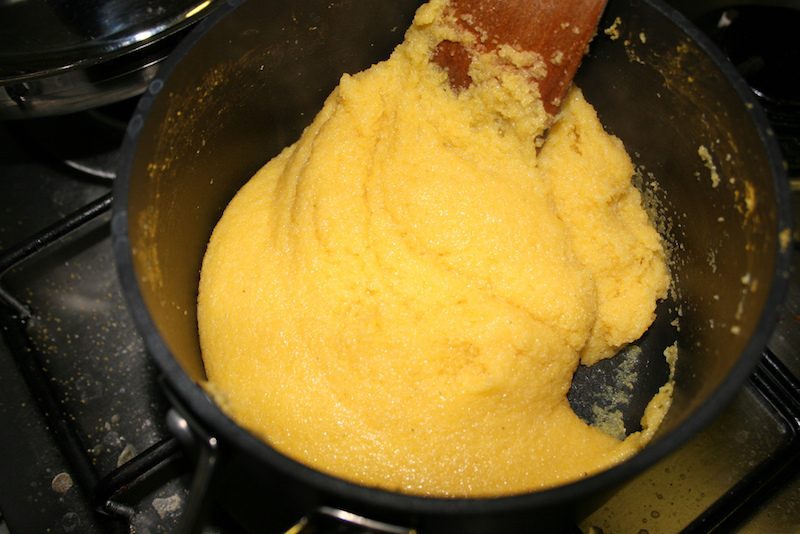

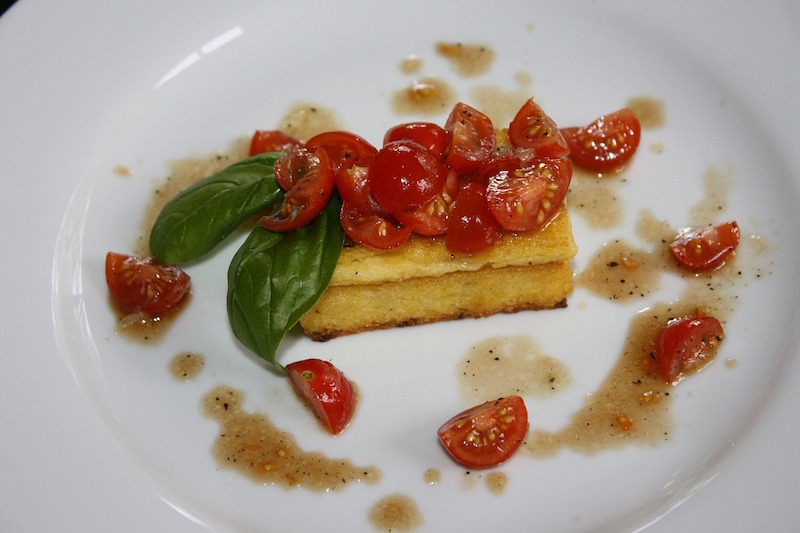
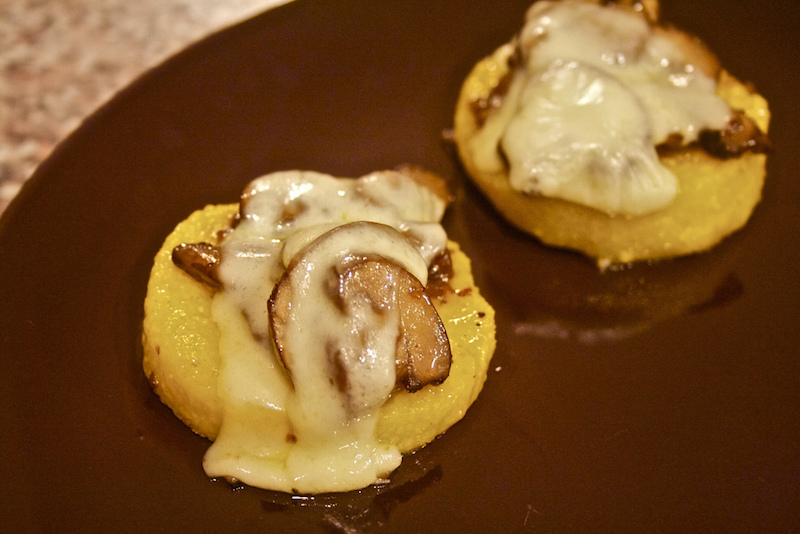
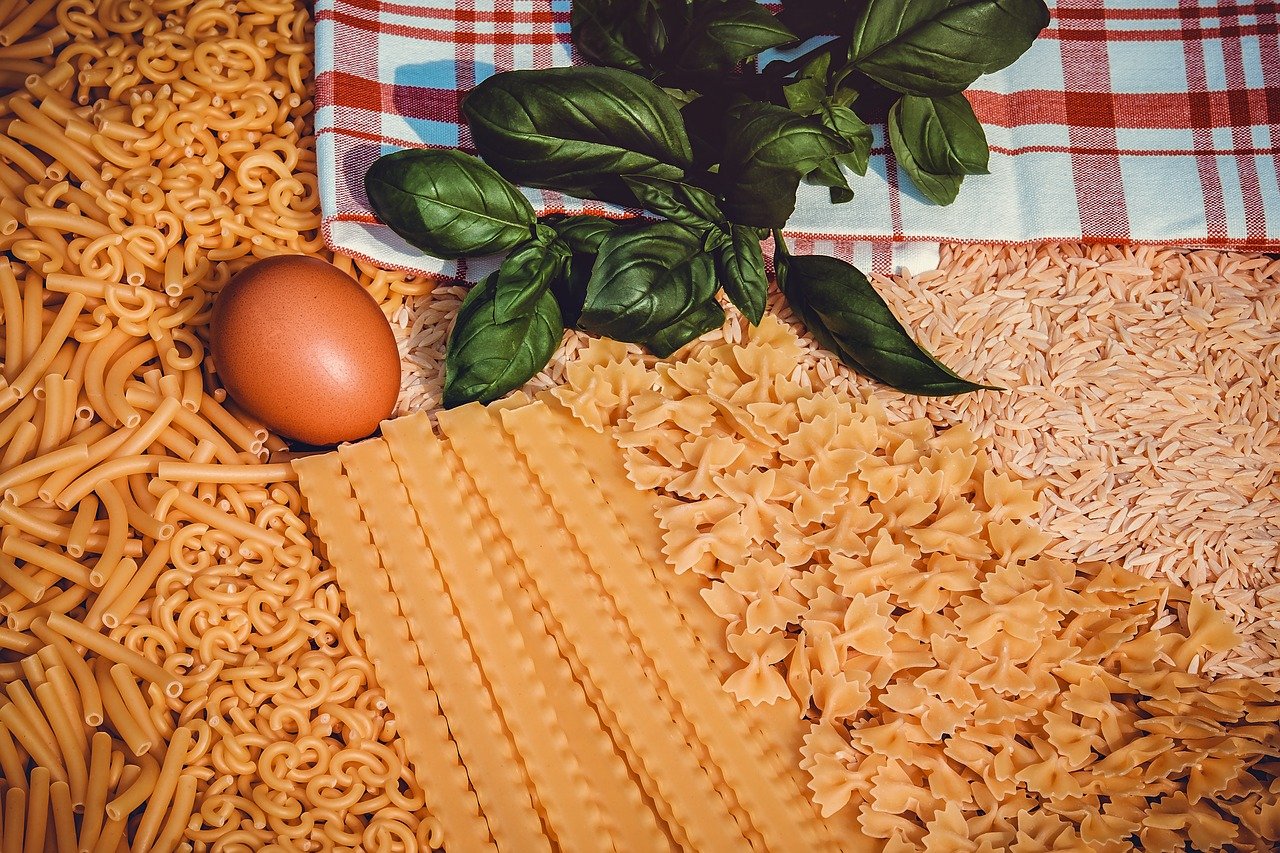






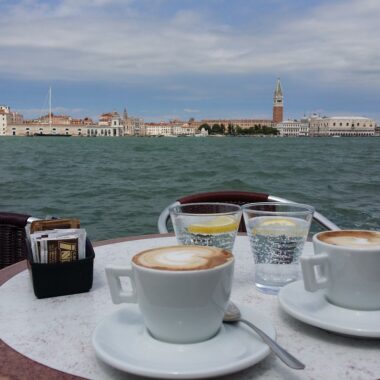
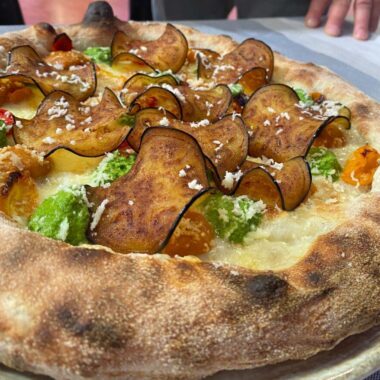

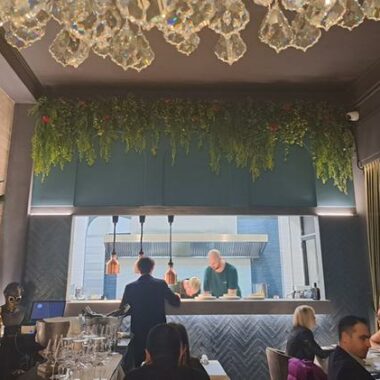

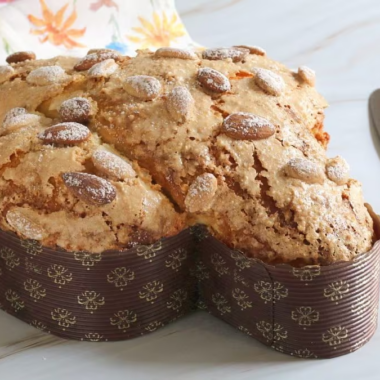
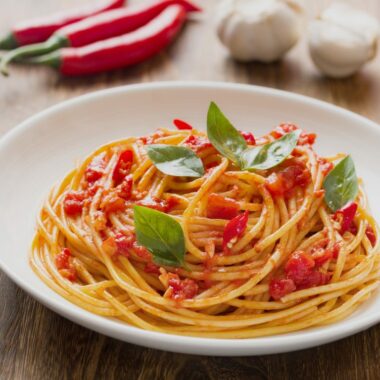
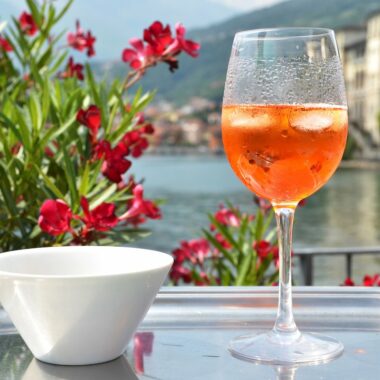
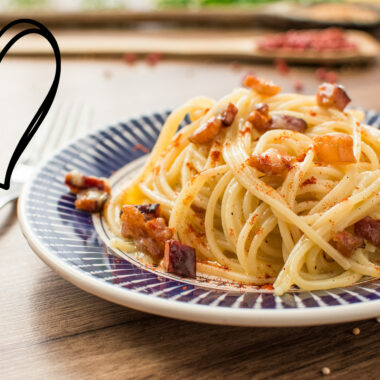

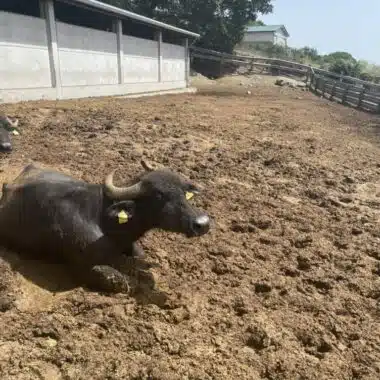

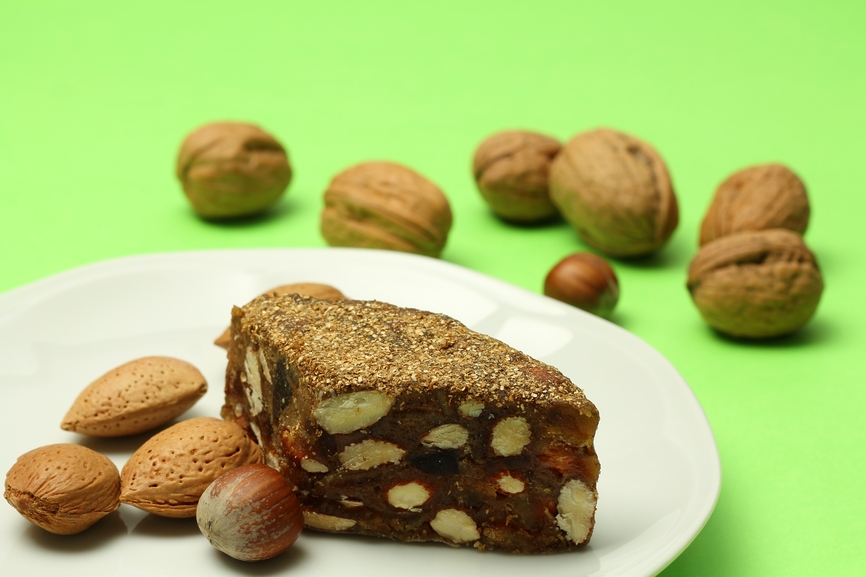
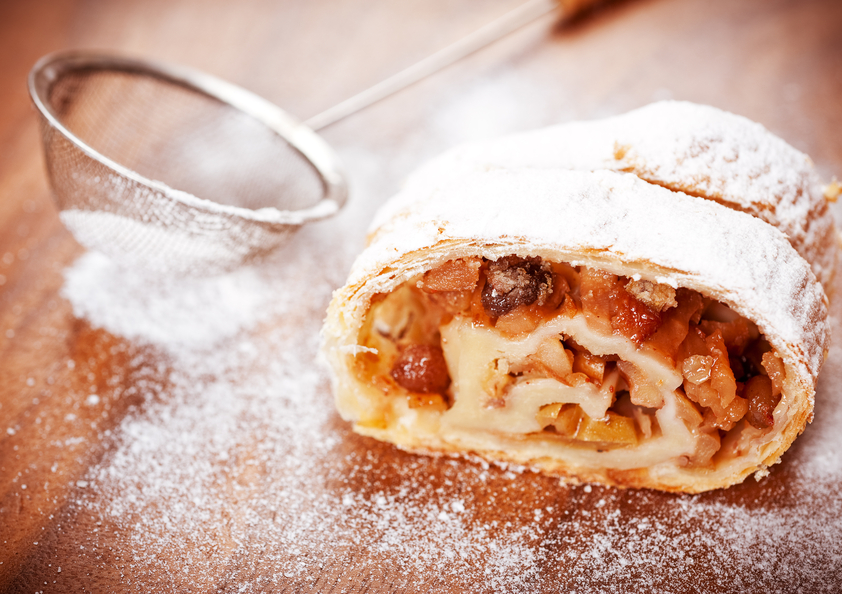
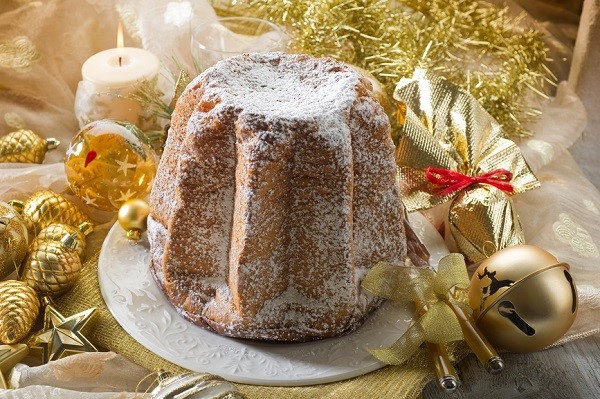
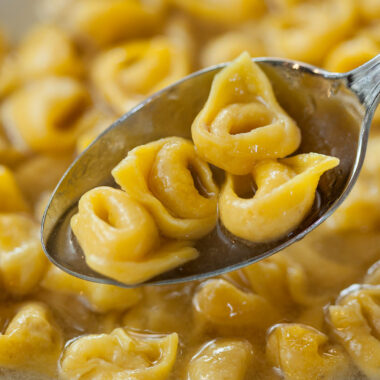
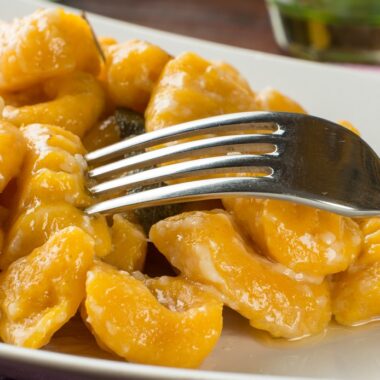


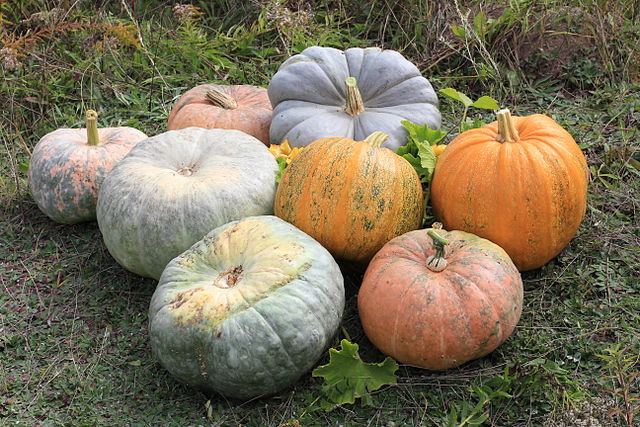
My husband’s family is from Bagolino, Italy. Which is in the far north in the Alps. The way that they used to fix it was originally using chestnuts, which they ground up. They used to make a hunters stew (rabbit) to go with it. They also made it by layering polenta, onions fried in a lot of butter and shredded cheese,(crumbled) which they told me was called terania. (Very good by the way). When we were there, they served it with Chianti (a red dinner wine) at room temperature.
My entire family is from Abruzzo and we all loved the polenta board with the delicious prizes in the center! To we children born in the USA, the polenta board was very exotic! Our Italian dishes were always so delicious and even as children we loved all of them. Polenta & gnocchi were Winter dishes we greatly anticipated each year. Grandma was the absolute most fantastic cook in the world and she made everything taste amazing, even tossed together leftovers! How I miss those days of family, food and fun. And love. Love surrounded us like a blanket and the jokes whizzed around like lightning! I’ll never forget those magical times.
My Nono would make parmesan polenta with mushrooms, poured out on a wooden slab and toped with mustard greens and garlic. I mean forget about it, absolutely the best best flavor ever.
Polenta and sage hen Cacciatore or shanks if a steer is what I remember from my Montana childhood. Some how incredible ravioli made it on the menu for holidays and risotto once a month.
I do remembet some pasta made out of Ketchup and chicken stock. This is true.
I have great memories of polenta, my Nonnie who lived with us would make fabulous dishes and polenta was a part of them. It brings me back to a house that was always fun. I didn’t realize it at the time but the quality of Italian food that was prepared at our house was unbelievable. You touched on a lot of memories with just one dish. Bless our parents and grandparents.
I smiled reading the posts about polenta on the table. My grandfather had a large piece of plywood kept wrapped in a sheet for those snowy winter days for a communal polenta meal.
Nonna would mound the meats from her gravy (sausages, meatballs, bracciole, pork chops, pork ribs, a chunk of beef) in the center of the ocean of polenta, and whoever ate a path to the meat first got first choice of the meats. I’m in my mid 60s now, and still make polenta the first snowy day of the winter, and a few more times throughout winter.
This isn’t unique an Italian staple food. It’s has been in the native people of the American continent centuries before the european have arrived. So it was also in the African continent.
I’ve been eating polenta since I was a little boy, 50 years plus. I’ve see some make a big deal about the pot and wood spoon, some add starch with a potato. Living in the south, I’ve found a variety of cornmeal mixes and textures with which to make this. I have adopted the attitude that more flavor is better than less and use chicken stock as my liquid. Additionally, we add fresh herbs (thyme, basil, oregano, sage) and cheese (Parmigiano, Fontina, Romano, Asiago) to change things up.
I own a tall, round glass that was meant for beer. I grease the inside, and pack it with hot Polenta and refrigerate it. In about 45 minutes it comes out like a cylinder, and we slice off pieces and fry them in butter and serve them with chicken, a nice ragu, or, topped with thin sliced ham and an egg for breakfast. They’re easy to grill this way, too.
A couple of years ago it occurred to me that no one ever changed the string that was attached to the cutting board we used to slice the polenta–amazingly, we all lived!
My parents were from abruzzi and my brother and I were born in la marche. We had polenta in the winter. My mom would boil potatoes then rice them into the water she would then mix in the corn meal. It would make it much more dense but delicious. Sauce in the middle after it was poured onto the table.
What was sustaining for the poor has now
become a delicacy for “foodies”! God bless the Italians❤
I thought our family was the only one that spread the polenta on the table!!! I still make raviolis…gnocchis & sauce…etc..yummm
..😙
We would always invite “friends ” for polenta on the table..everyone would just get a fork, a glass of “Dago red” and toppings of Betty” s sauce!! Then we all would dig in with all the left over toppings…. ending in the middle to make the “Boot of ITALY!!” It always stunned everybody!!!❤
My parents were from la Basilicata near Potenza. We ate polenta with tomato sauce once a week usually on Fridays. It was a weekly staple and a complete meal loved it. My wife whose family was from Friuli made as you and called it polenta e osse’, or uccelli. Her Grandma use to make it in a large metal pot that swung out from a large fireplace. Good stuff.
ma
oh wow !! us, too! Grandpa always cooked the polenta and spread it on the board and grandma would put the sauce, cheese and either sausages or beef on top. Then, we’d all sit around the board, section off each of our own portions, say grace and then go to town! Some people thought the communal eating surface was not appetizing, including some Italians, but to me it was so special and so different, I loved it and still enjoy a good polenta board!!
My grandparents, aunts, would always make us polenta and spread it onto an old wooden board then shape it into the “boot of Italy “ where we’d all eat from……. delicious
After reading the last 2 posts, you are both sooooo right. I know my mother and father both prepared for us those rustic meals that they had always eaten when they were growing up. Even though they knew the meals were delicious and hearty, the stigma that they attached to these foods never allowed them to prepare or share them with friends. Now, I share them all because they are simply delicious.
hat is polenta?
My grandmother would hide the packages when done making polenta…she didn’t want anyone to think she was poor in the event her garbage would get torn open….absolutely delicious…fried with homemade gravy
It’s worth noting that after WW ll…Italian families which had only Polenta to subsist on for long war years, turned away from consuming it for decades. It was considered a reminder of the suffering the war inflicted on the vast majority of the population…great to see polenta regain its stature..
So funny I was raised on broccoli rabe, polenta, eggs in purgatory, panzanella( bread salad) and now it’s all the rage and what cost pennies now costs a fortune in a restaurant! LOL
Very informative and educational.I love Italy.
Thank you, I edited that.
your recipes link leads right back to this page